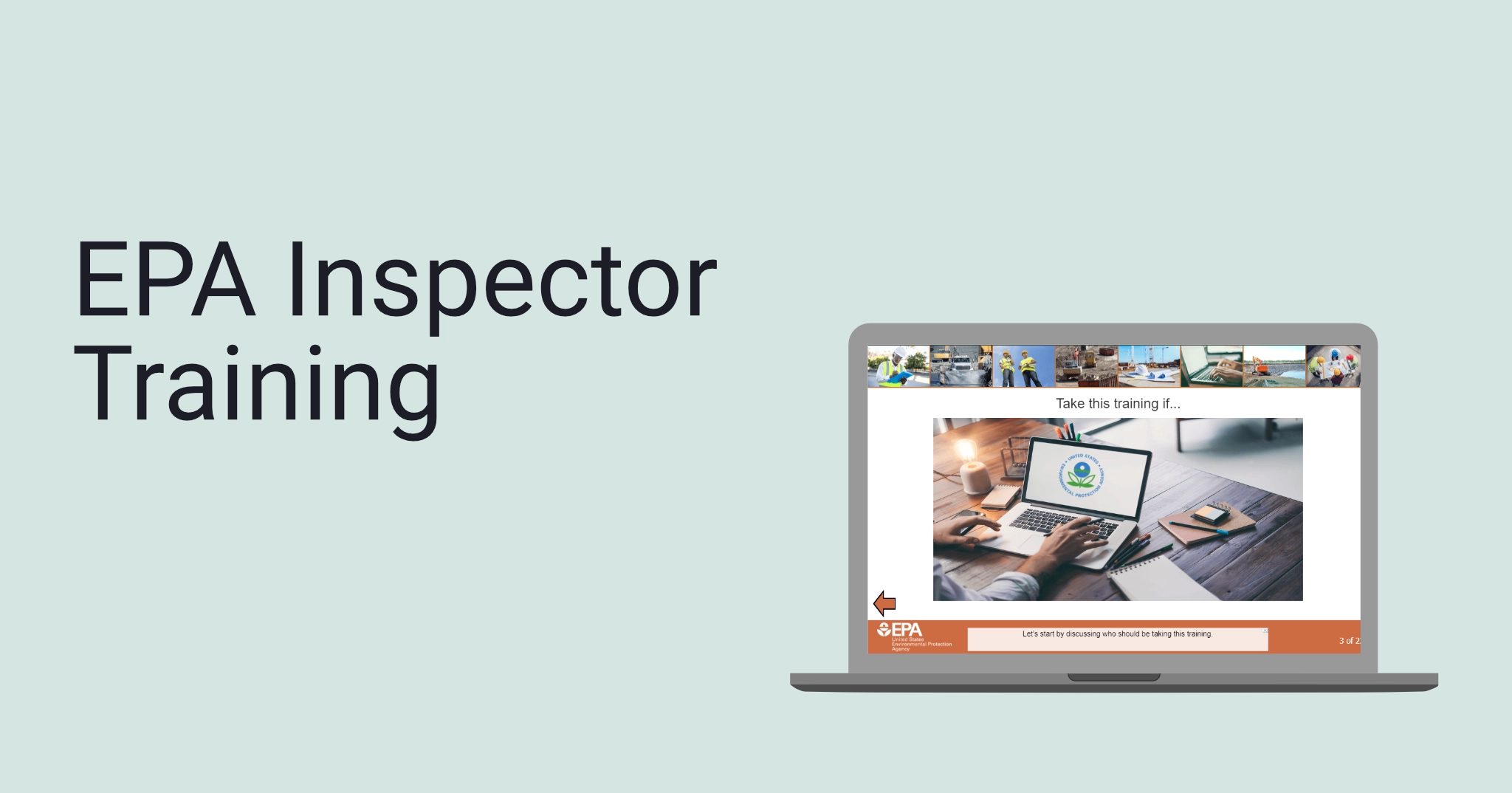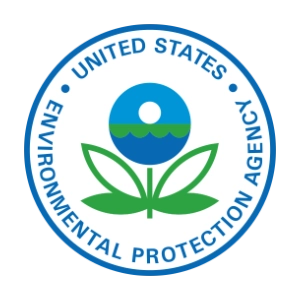The EPA Construction Inspection Training Course: Everything you need to know
5 minute read | January 10, 2024

The Environmental Protection Agency, or EPA, is the U.S. governmental agency responsible for protecting human health and the environment. Established in 1970 to address a wide number of environmental issues, notably the Cuyahoga River fires, the EPA today works to ensure that Americans have clean air, land, and water. Additionally, it evaluates the safety of chemicals used in the marketplace and educates communities about managing environmental risks, among other goals.
The EPA Construction Inspection Training Course debuted in 2022 with the release of the 2022 EPA Construction General Permit (CGP). The initial release of the training course was in English, with a Spanish version arriving in late 2022. The EPA developed the training program in response to a number of systemic problems found on sites during EPA investigations. In prior CGP Permits, the EPA required individuals conducting site inspections to be a ‘qualified person.’ This ‘qualified person’ needed to possess a general knowledge of the principles and practice of erosion and sediment controls and pollution prevention, as well as be familiar enough with construction sites to assess conditions that could impact stormwater quality and determine if installed controls are compliant with the CGP and are working effectively.
The EPA provided operators with a one-year grace period following the release of the 2022 CGP to comply with the certified training requirement. Effective February 17, 2023, the CGP mandates that individuals conducting site inspections either complete the EPA construction inspection training course or possess a valid certification or license from a training program consistent with the requirements outlined in Part 4 of the 2022 CGP.
The 2022 EPA Construction Inspection Training Course
The 2022 EPA Construction Inspection Training Course consists of 5 modules and a 40-question final exam, which requires a passing score of 80 percent to receive the EPA training certificate. The training and exam typically take a little over six hours to complete. At the end of each module, there is a knowledge check comprising 4 to 5 questions covering the topics discussed in that module. Participants have an unlimited number of opportunities to answer each question, and some of the questions in the knowledge check also appear in the final exam.

Module 1 – General Overview and Introduction
- Estimated time: 30 minutes
- Topic: Introduction to stormwater, stormwater regulations, and the purpose behind the regulations.
- 22 Slides
- 4 Knowledge check questions
Module 2 – General Overview and Introduction
- Estimated time: 1 hour
- Topic: Introduction to the 2022 CGP, Construction stormwater control requirements, Inspection requirements, Documentation requirements.
- 37 Slides
- 4 Knowledge check questions
Module 3 – Erosion and Sediment Controls
- Estimated time: 1 hour 35 minutes
- Topic: Introduction to Erosion and Sediment Controls: Common Non-structural ESC; Stabilization
- 37 Slides
- 4 Knowledge check questions
Module 4 – Pollution Prevention Controls
- Estimated time: 35 minutes
- Topic: Non-sediment pollution prevention control requirements
- 24 Slides
- 5 Knowledge check questions
Module 5 – Is a virtual 360 inspection, similar to a Google Street View, with clickable icons to explain what’s going on at the construction site and the issues that exist at the site.
- Estimated time: 2 hour 30 minutes
- Topic: Virtual inspection of two sites.
- 37 Slides
- 4 Knowledge check questions
Frequently Asked Questions
Any personnel conducting site inspections in states, U.S. territories, and Indian lands where the EPA is the NPDES permitting authority.
The certification is valid until May 17, 2027, one year after the release of the 2026 EPA CGP.
Every permitted operator working under the 2022 CGP is required to conduct site inspections. As of February 17, 2023, individuals conducting these site inspections must hold an EPA certification or an equivalent certification. Failure to comply with federal regulations could result in enforcement actions for violations.
This largely depends on the location of your project. Some states and local municipalities have stricter inspector requirements. It is recommended that you check with your state and local municipality to confirm whether the EPA certification meets their standards.
Individuals with no construction or stormwater experience may find the exam challenging. However, if you carefully go through each module, take notes, and utilize the open-book format by referring to the CGP for specific questions, you should be able to pass the exam.
You can take the exam as many times as needed. The questions are rotated, so you won’t be asked the same questions in each exam attempt.